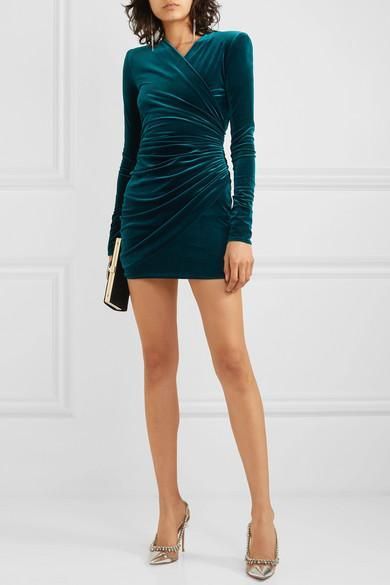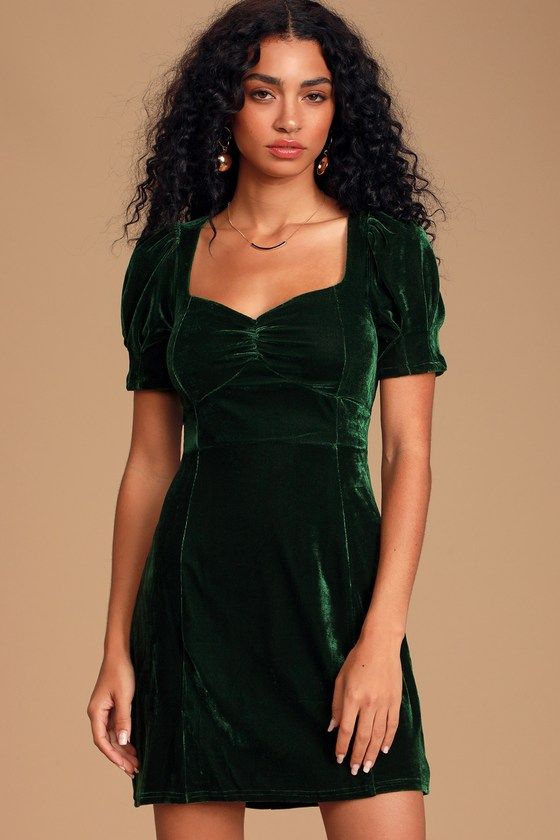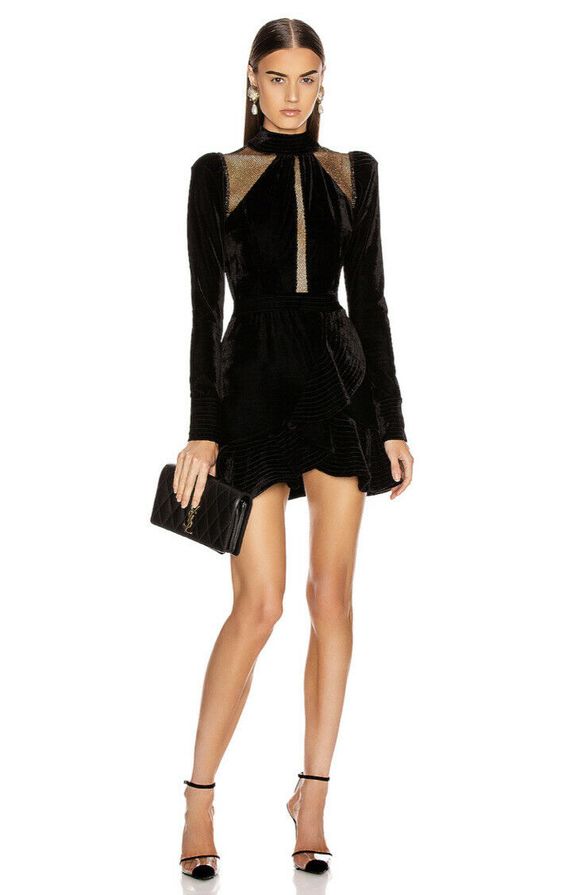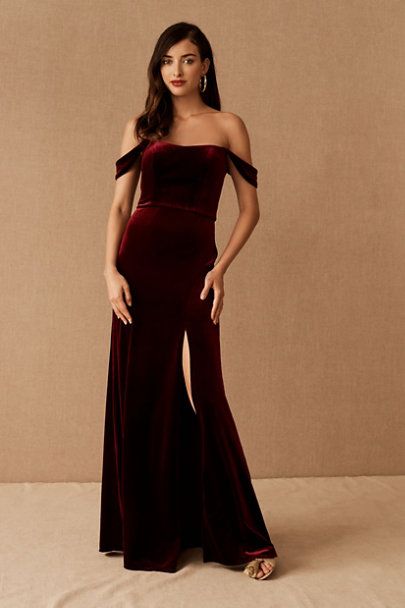Velvet Fabric is a silky, opulent fabric distinguished by a rich pile of evenly cut threads with a smooth nap. Due to the features of the short pile fibers, velvet has a wonderful drape and a particularly soft and lustrous appearance. velvet, in textiles, the fabric having a short, dense pile, used in clothing and upholstery. The term derives from the Middle French velu, “shaggy.” Velvet is made in the pile weave, of silk, cotton, or synthetic fibers, and is characterized by a soft, downy surface formed by clipped yarns. The wrong side of the fabric is smooth and shows the weave employed. Velvets can be made water-repellent and crush-resistant. They are also occasionally patterned or embossed.Fabric

There are numerous theories about where and when velvet first appeared, but it’s widely acknowledged that it was in the Far East—most likely China—around the 13th century, if not before. Velvet then traveled west via the Silk Road, where it became extremely fashionable during the Italian Renaissance. Velvet was quite expensive to create before the invention of modern industrial looms, therefore it was only available to the wealthy and royal families. Its capacity to accept beautifully colored dyes drew nobles in particular. In formal ceremonies, Queen Elizabeth II still wears colored velvet gowns and regalia!
Traditional forms of velvet were made with pure silk, which made them incredibly popular. Asian silk was already very soft, but the unique production processes used to make velvet result in a material that’s even more sumptuous and luxurious than other silk products. Until the Renaissance, when velvet became famous in Europe, this fabric was widely used throughout the Middle East. Velvet was a preferred fabric among the region’s nobility, according to records from various civilizations located within the borders of modern-day Iraq and Iran.

As the name suggests, crushed velvet has a “crushed” look that is achieved by twisting the fabric while wet or by pressing the pile in different directions. Crushed velvet fabric has a crumpled, crushed look created by twisting the fabric while it is still wet. Sometimes the crushed look is created by pressing the pile in a different direction. This type of velvet has an overly shiny appearance and texture suited to items that drape and flow.

The pile of this velvet is pushed in a different direction with heavy pressure. Panne is not a true velvet and is made from polyester. It is often stretchy and made from knitted fabric. Panne velvet is often used for costumes since it is inexpensive. The same pattern can appear in knit fabrics like velour, which is usually made from polyester and is not true velvet.

Heat stamps are used to press on the pile of the fabric and create a pattern pressed into the velvet. The embossing may be metallic or block colors and adds interest and individuality to the velvet. Embossed velvet is a printed fabric created via a heat stamp, which is used to apply pressure to velvet, pushing down the piles to create a pattern. Embossed velvet is popular in upholstery velvet materials, which are used in home decor and design

This velvet is made of cotton and does not have a lot of stretches. It’s a heavyweight cloth that’s not particularly lustrous. It is a fantastic choice for beginner sewers because it is made of cotton and is not as slick to stitch. Plain velvet is usually cotton velvet. It is heavy with a very little stretch and doesn’t have the shine that velvet made from silk or synthetic fibers has.

Plush velvet has a longer pile and is extra soft. Some suppliers of fabrics say this is not a real velvet because the pile is so long. However, it does make beautiful blankets. This Fabric helps to repel liquid and does not require high maintenance.

Stretch velvet has spandex added to the weave and this addition makes the fabric more flexible and easy to work with especially for soft furnishings. Stretch velvet needs to be sewn with stretch needles and a stretch stitch or serger. In short, it is a soft, ample, luxurious, fabric with ample stretch.

Velveteen has a shorter pile of threads created from the horizontal weft threads. It is very soft and the pile is raised to about 3mm. It has less shine than regular velvet and tends to be heavier.

Velour is an incredibly soft, plush textile that is very similar to velvet. It’s characterized by a wonderfully soft-to-the-touch finish with cut fibers that follow the stroke of your hand and drapes seamlessly. It is a blend of Polyester knit.

A form of velvet where the pile uses cut and uncut loops to create a pattern. This means the fabric has flat sections and raised sections. This type of velvet is commonly used for upholstery on furniture and wall tapestries.

A patterned effect is created on this fabric as the pile of the velvet varies in length. Velvet upholstery fabric usually contains this type of velvet.

Velvet’s key selling point is its softness, hence it’s generally employed in applications where the fabric will be close to the skin. Velvet, on the other hand, has a particular visual attraction, thus it’s frequently used in home design, such as drapes and toss pillows. Velvet, unlike some other types of interior decor, feels as good as it looks, making it a multi-sensory home design experience.
Due to its softness, velvet is sometimes used in bedding. In particular, this fabric is commonly used in the insulative blankets that are placed between sheets and duvets.